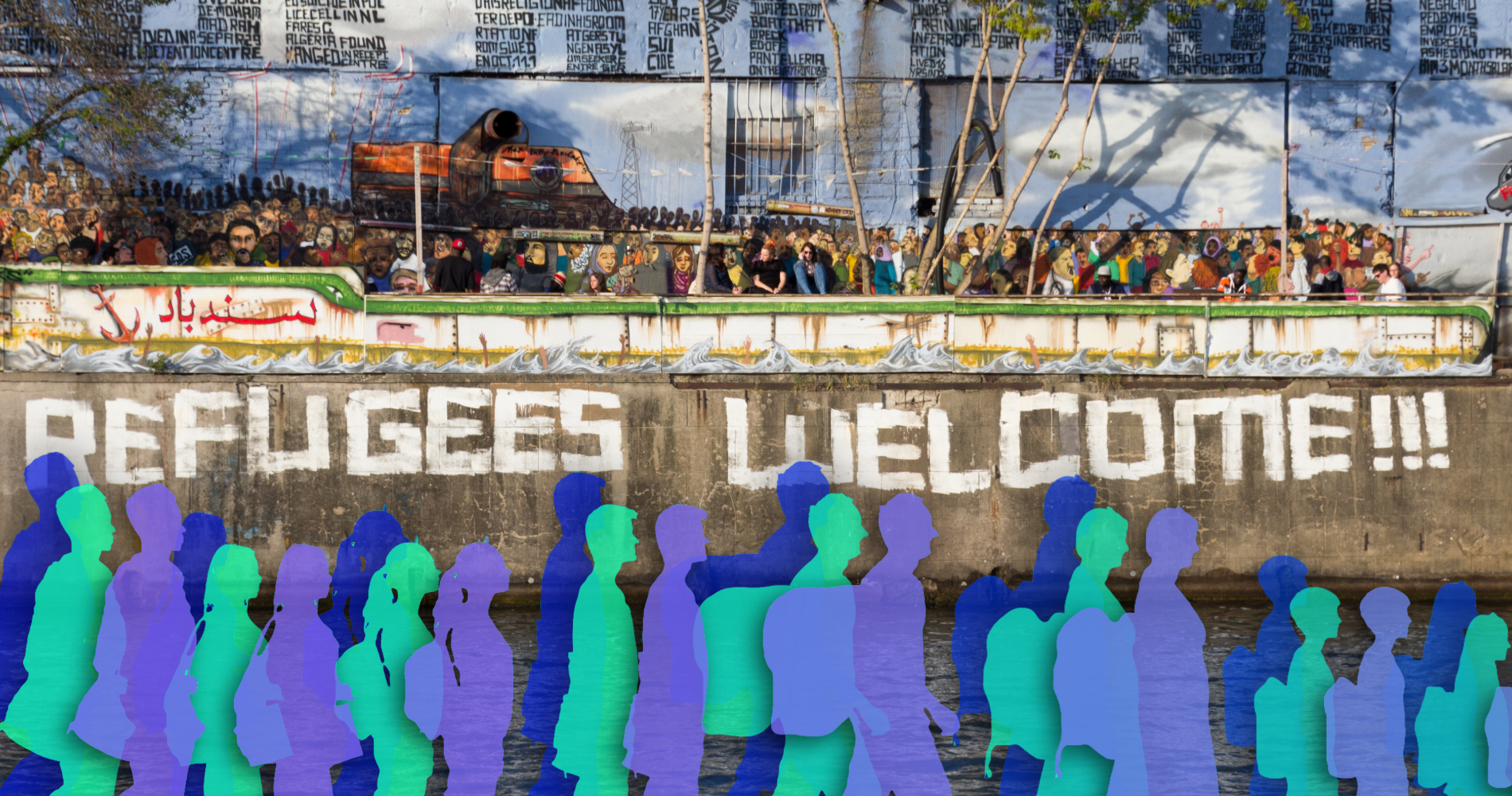In recent years, the Canadian government has made it more difficult for refugee claimants to apply for asylum. The federal government has reinstated visa requirements for Mexican nationals and closed irregular entry points like Roxham Road through the secret renegotiations of the Safe Third Country agreement, under the assumption that increasing procedural and physical barriers would stop individuals who are escaping persecution from making an asylum claim.
Despite extensive public consultations led by community groups, where many warned that the strategy would ultimately fail, the government proceeded with a policy approach that underestimated the realities of forced migration. When displacement is driven by urgent threats to personal safety or fundamental human rights, policy restrictions alone are rarely a deterrent. Migration rooted in necessity does not respond to bureaucratic barriers—it responds to survival.
The Omatsu Files
This article is part of The Omatsu Files, a running column written in memory of Rick Omatsu, who was born in 1939 in Vancouver, on the cusp of WWII, which would change his life—a life that was sadly marked by racism. As a Japanese Canadian, in 1942, Rick was sent to the B.C. interior. After the war, the family was forced by the government to leave the province. The family relocated to Hamilton, Ontario, where Rick remained until his passing at age 82. The Omatsu Files is a space dedicated to the voices of young researchers from equity-deserving backgrounds who are focusing on issues of equity, diversity, inclusion, and anti-racism.
What is overlooked in public debate is that most claims are not only genuine, but legally sound. According to data from Canada’s Immigration and Refugee Board, around 83 per cent of refugee claimants who make it to a hearing before a judge are accepted. In other words, once someone can explain why they fled their home, they’re overwhelmingly found to have a legitimate reason, usually a real and serious fear of persecution. That number alone should reframe how we talk about this issue.
And yet, even for those who’ve cleared initial screenings, the road ahead remains full of delays. The biggest two are the wait for a work permit and a hearing with the Immigration Refugee Board of Canada, the judicial body which decides on their refugee claim.
Technically, the timeline is 30 days for a work permit. In practice, many claimants wait four, six, and sometimes even 10 months to receive a work permit, which then allows them to earn a living for between two and three years before their hearing with a judge on their asylum claim. That’s not a minor inconvenience. It leaves people stuck, unable to work, secure stable housing, or take care of their families, while also being blamed for relying on public services—even though the government excludes them from most public services due to their temporary status.
A system that’s not broken—but stuck in the past
The challenges refugee claimants face are not abstract. A large percentage of work permits sit in bureaucratic purgatory—lost in the mail, sent to old addresses, or delayed indefinitely with little explanation. The toll this takes on migrants’ mental health is significant, many are forced into shelters or rely on food banks while living in legal limbo due to the high waiting times to get a court date. What’s more troubling is that the government continues to direct funding toward enforcement and surveillance rather than improving administrative processing.
The actual strain on our social systems doesn’t come from claimants themselves, but rather from policies that leave them unable to contribute. The lack of work permits early in the process prevents people from supporting themselves despite having cleared security screenings. And yet, politicians and media often portray them as burdens, unfairly blaming them for a situation they have no control over. Canada’s current immigration system is purposely stacking the odds against refugee claimants, punishing them for daring to seek the same safety many of us have been born into.
While some officials argue that the system is simply overwhelmed, the truth is more nuanced. The current framework was built decades ago for a different context and has not been meaningfully adapted to reflect today’s global realities. The solution isn’t to make it harder to seek asylum—it’s to modernize how we respond to it.
Dignity through digitization
Increased refugee claims are not a uniquely Canadian phenomenon. Sweden, for instance, has adopted a more pragmatic and humane model in reaction to increasing refugee claim numbers. The Swedish government issues refugee claimants temporary ID cards shortly after they pass initial security checks. These cards are not just symbolic—they include QR codes that give access to all essential documents, including work permits. This system acknowledges that while the determination process may take time, individuals should not be left idle or in distress during that wait.
The Swedish model demonstrates that early access to identification and work authorization allows people to integrate more smoothly into their new communities. It reduces dependency, enhances mental well-being, and creates pathways toward financial independence.
Here in Canada, despite policymakers making repetitive claims of modernization, our immigration processes are still tangled in paper-based bureaucracy, outdated workflows, and disenfranchising members of society. Creating a secure, temporary digital ID for asylum seekers, replacing the current Refugee Protection Identification Document (RPID), would consolidate key documents, such as work permits, refugee claim status, and other relevant records, and offer a practical and dignified solution to some of the current bottlenecks.
The federal government could issue this ID immediately after claimants pass their security screening, giving them the ability to move forward. It would reduce the administrative burden on community organizations, legal clinics and government staff, who currently spend enormous time troubleshooting systemic delays.
Digitizing this process would alter our refugee documentation infrastructure for the better; it wouldn’t just empower claimants; it would benefit the entire community. With the ability to work, people could secure housing, support their families, and contribute to the economy. This shift could ease pressure on shelters and food banks while supporting smoother long-term integration—introducing streamlined efficiency for the sake of dignity.
Reframing the narrative
Anti-immigrant forces in political parties and the media have deeply embedded a narrative that frames refugee claimants as dependent, unproductive, or even deceptive. They point to stereotypes when systems deny claimants the chance to work or live with stability, and claim that migrants do not want to work or be productive. But that perception is created by policy, not by the choices of asylum seekers.
When the immigration system blocks people from participating in society, it sets them up to fail. And when they inevitably rely on public services for survival, anti-immigrant ideologues scapegoat them. This cycle of marginalization is entirely avoidable, and reforming the way we handle documentation is one of the clearest ways to break it.
Giving refugee claimants proper, functional ID with embedded documentation affirms their legitimacy, builds trust, and sets the tone for a healthier integration process. It also reinforces Canada’s international obligations to treat people seeking safety with dignity and fairness.
The notion that our current refugee backlog is the result of increased demand distracts from the inability of our government to maintain service standards and deflects blame and responsibility onto people risking everything to reach safety.
It also masks the deeper truth—Canada has failed to modernize its asylum systems in meaningful ways. Doubling down on anti-immigrant policies and neglecting administration improvement adds more burden onto government workers and community organizations while putting asylum seekers in even greater danger.
As one of the world’s most resourced nations, Canada can and should do better for the people trying to participate in its society. By moving toward practical, people-centred reforms, we can create a more just and functional system, one that lives up to the values we claim to uphold.


